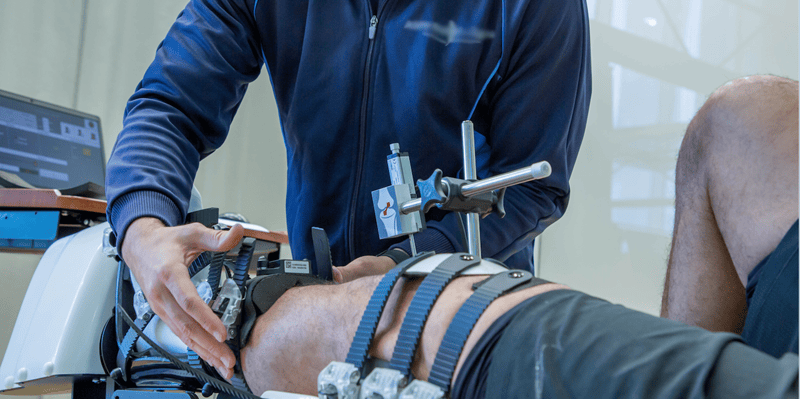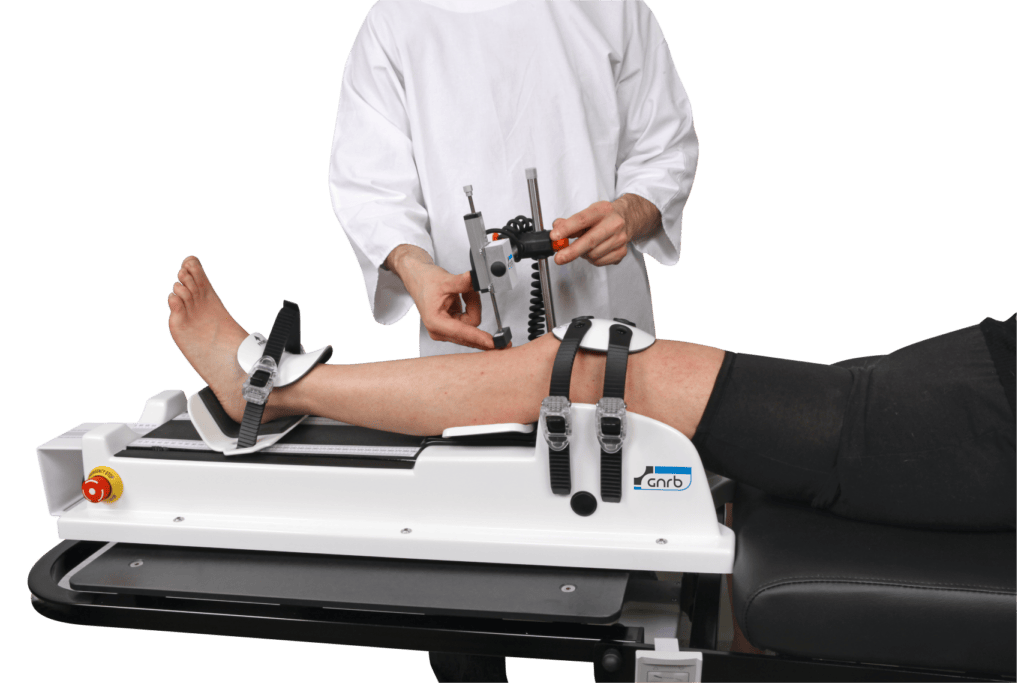Orthopaedic Testing Device: Innovative Knee Ligament Evaluation Technique – Arthrometers
The field of orthopedic diagnostics has seen tremendous advancements, particularly in the evaluation of knee ligament health. Among the most groundbreaking innovations are orthopaedic testing devices like the GNRB® and DYNEELAX® knee laxity arthrometers. These devices have redefined the way we assess anterior cruciate ligament (ACL) injuries, providing clinicians with precise, objective measurements that enhance patient care from injury through to […]
Orthopaedic Testing Device: Innovative Knee Ligament Evaluation Technique – Arthrometers Read More »









